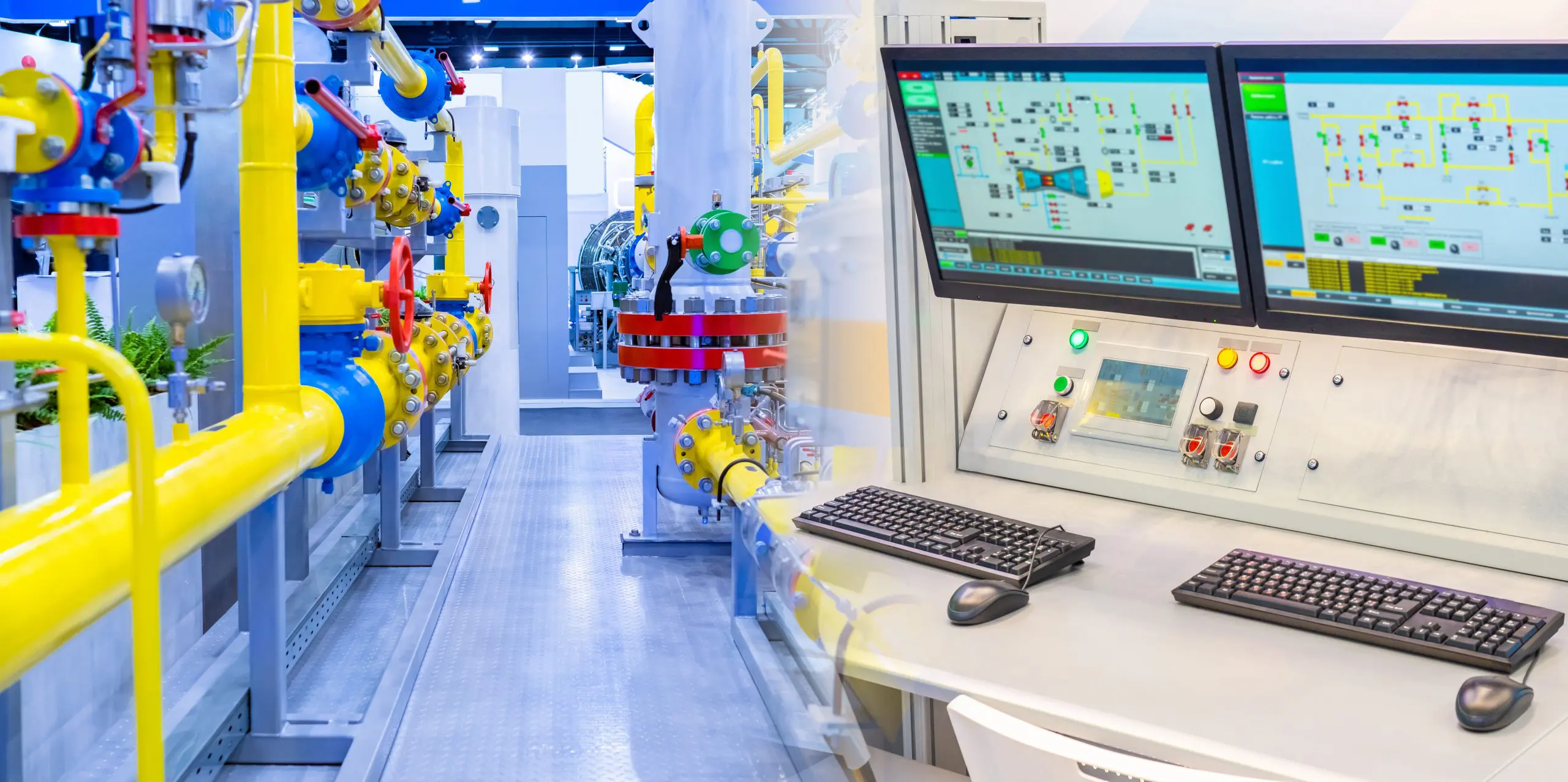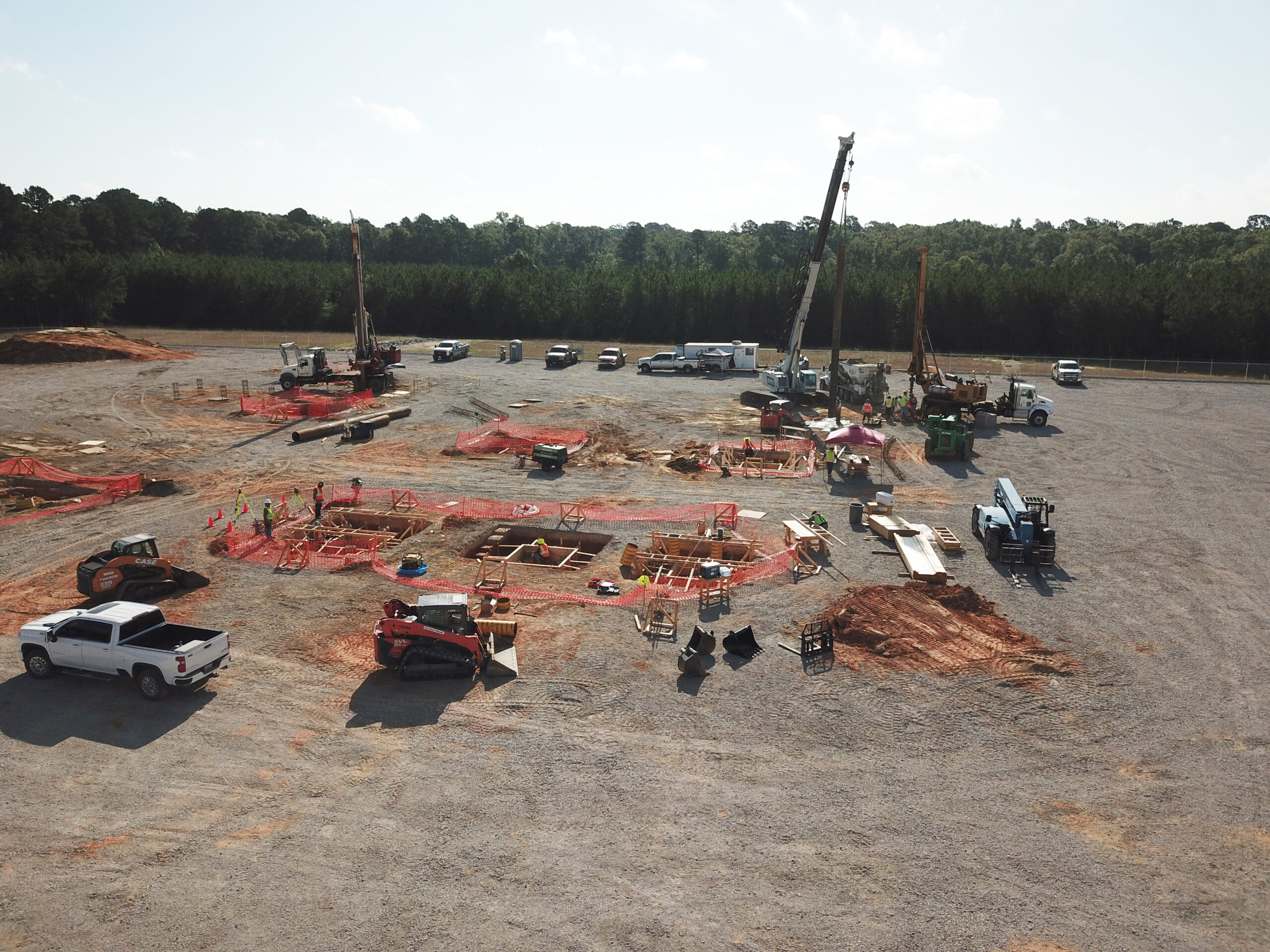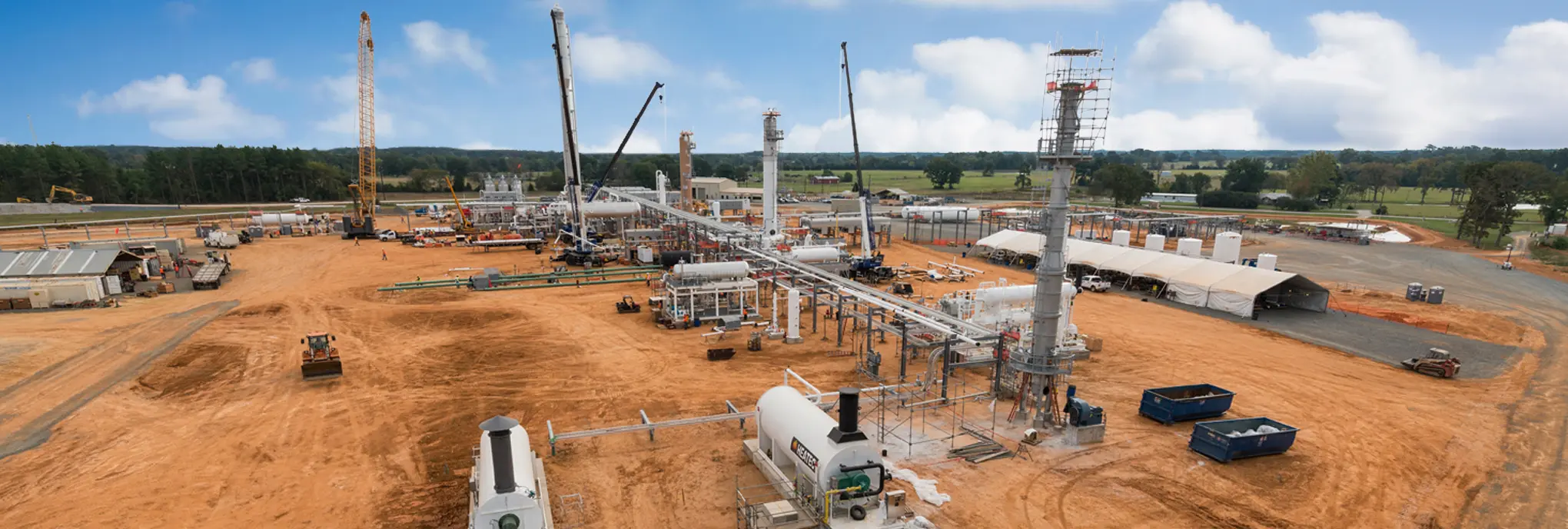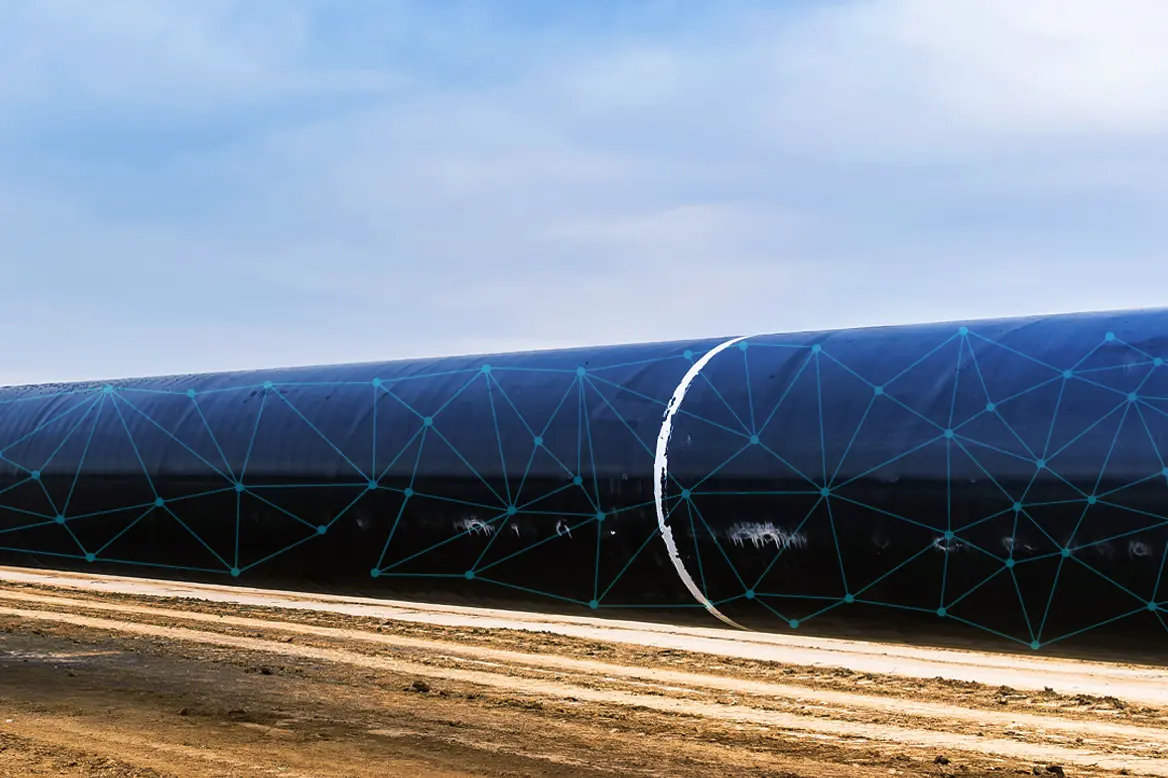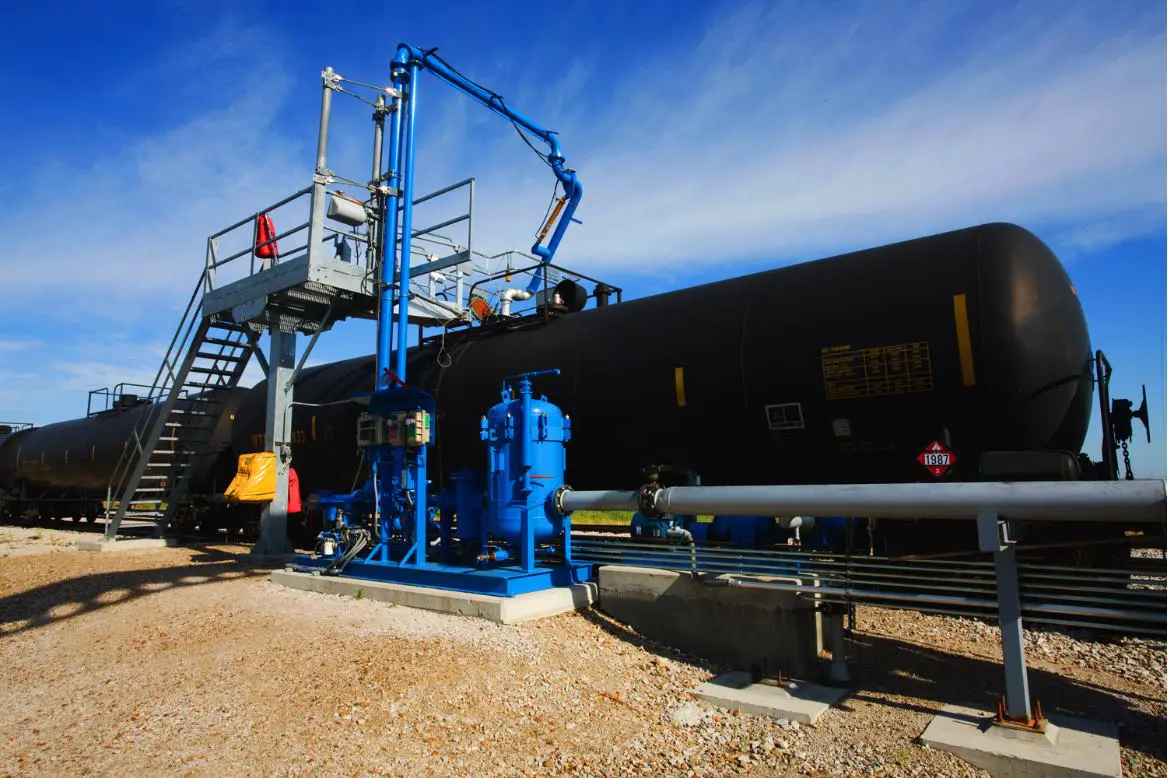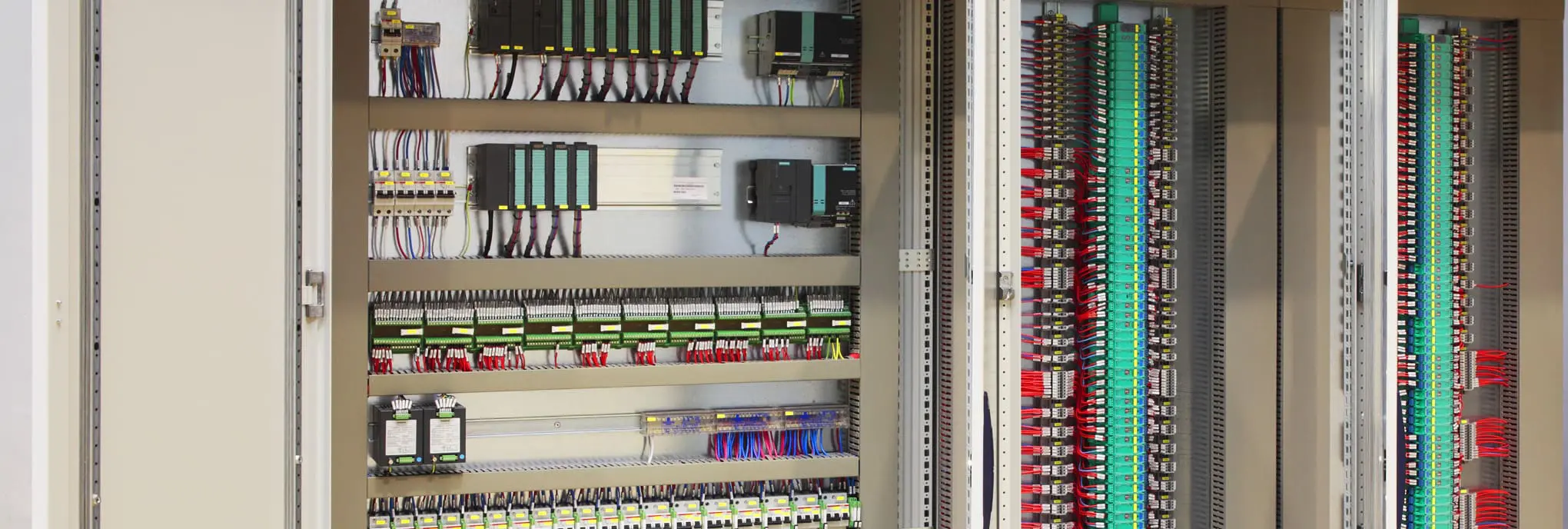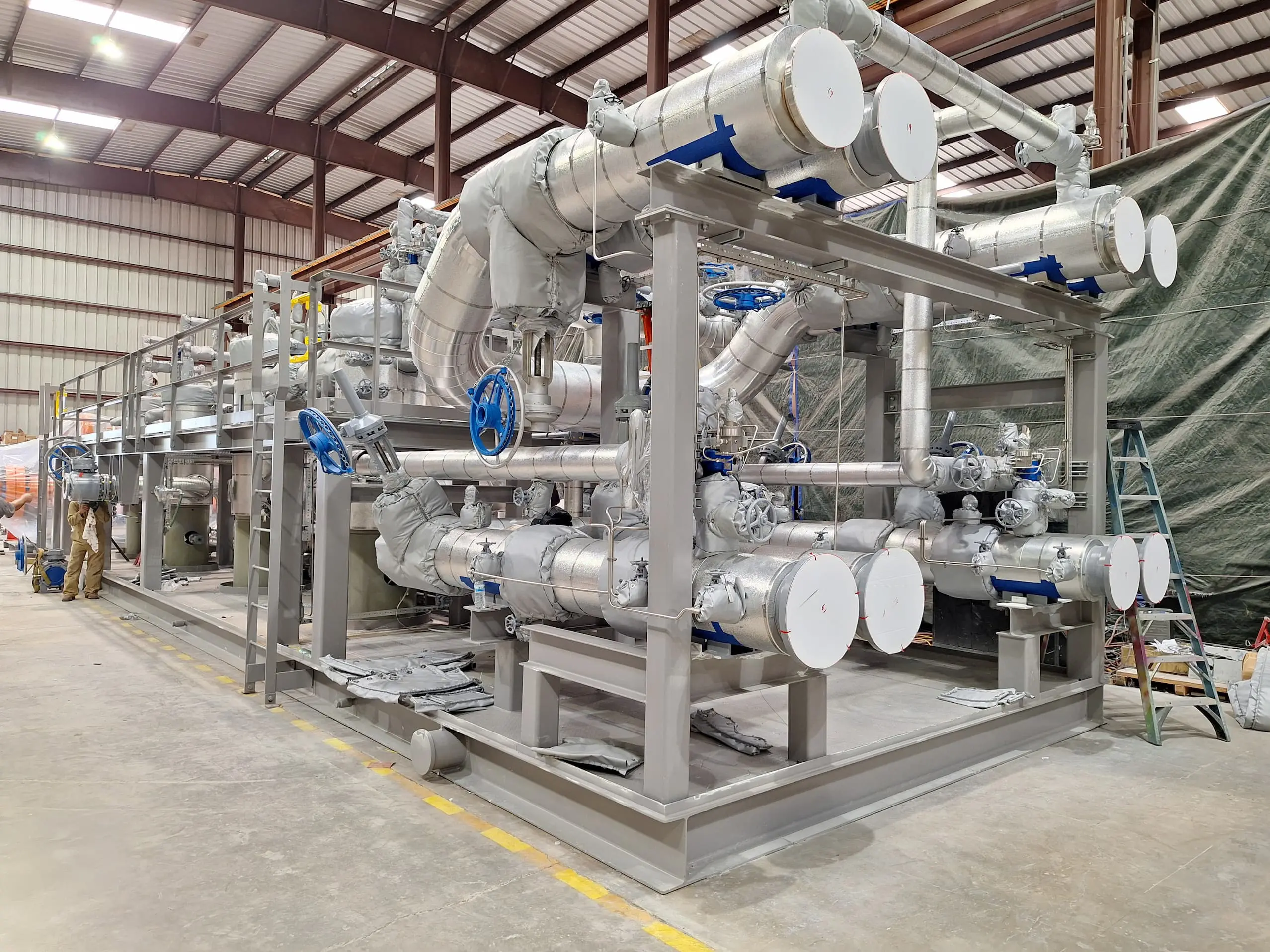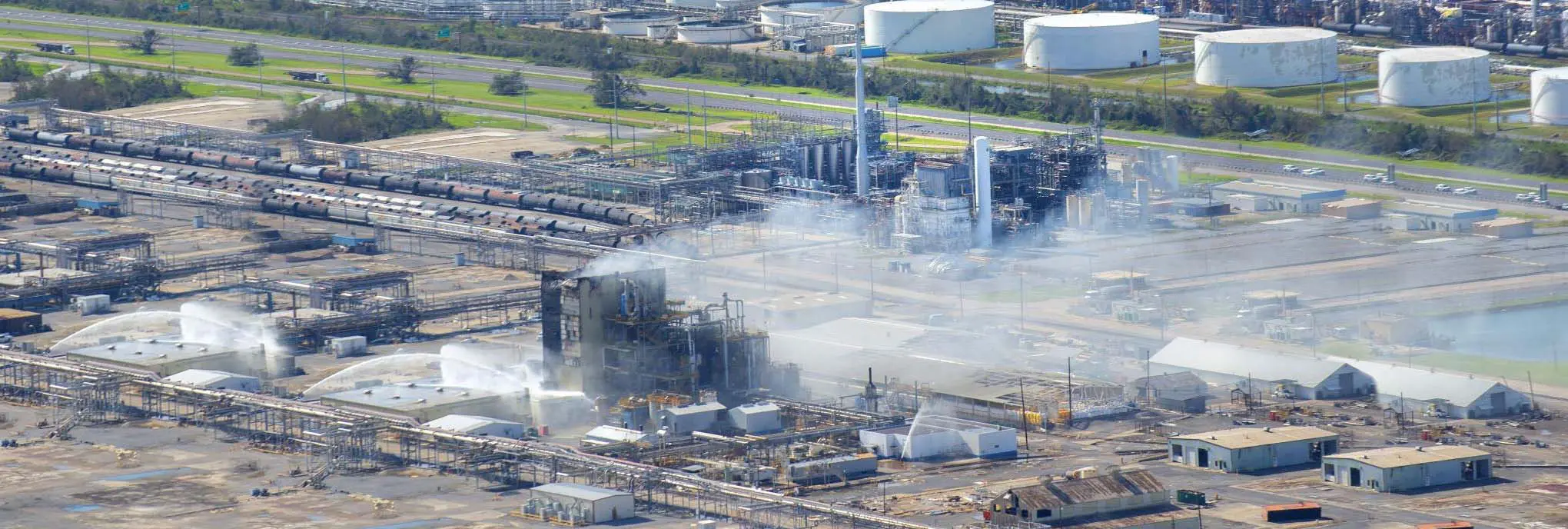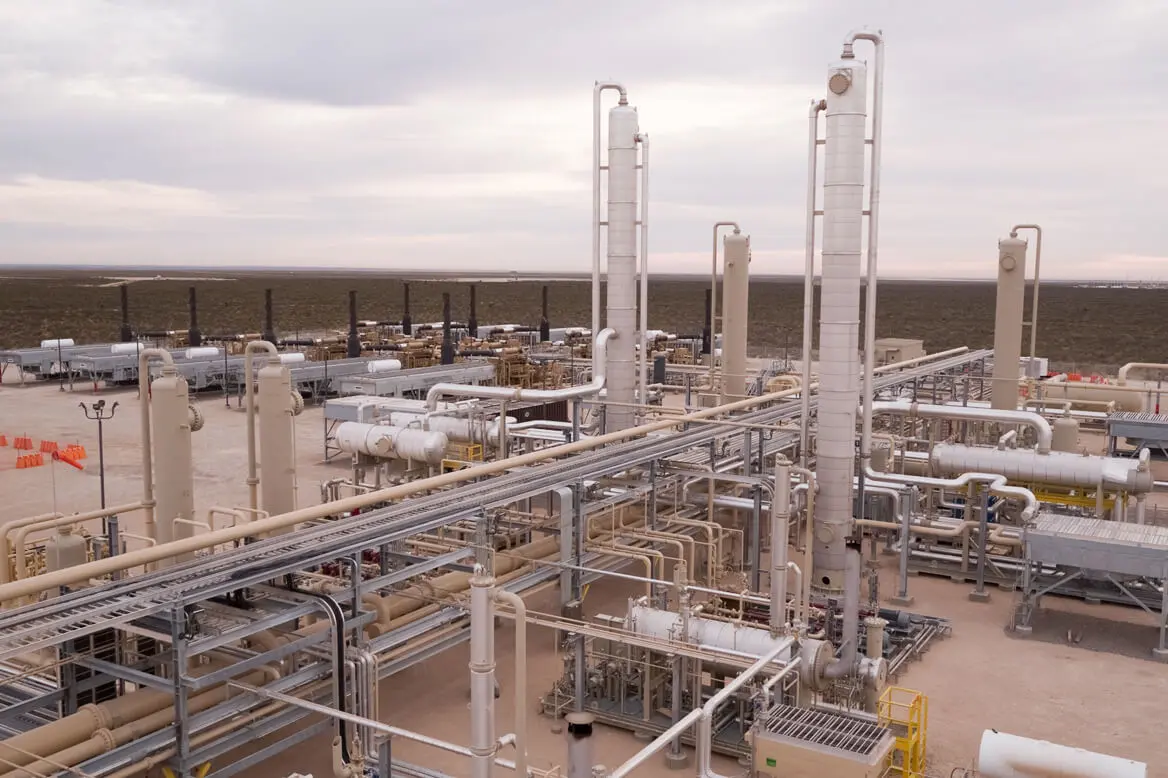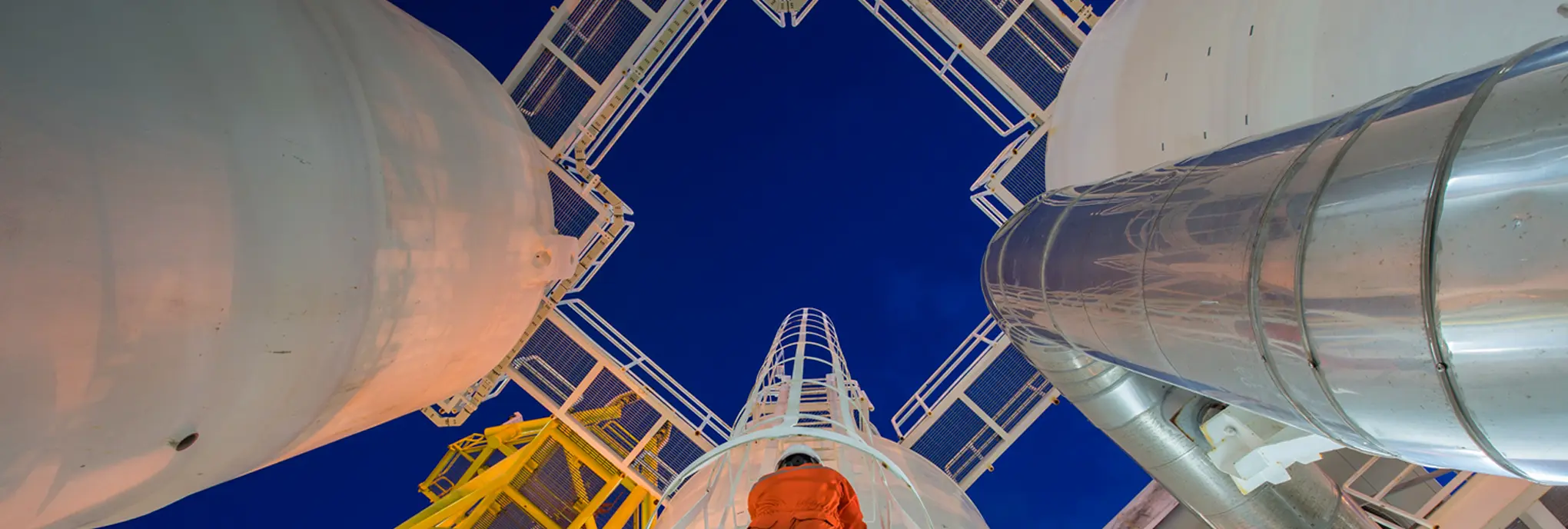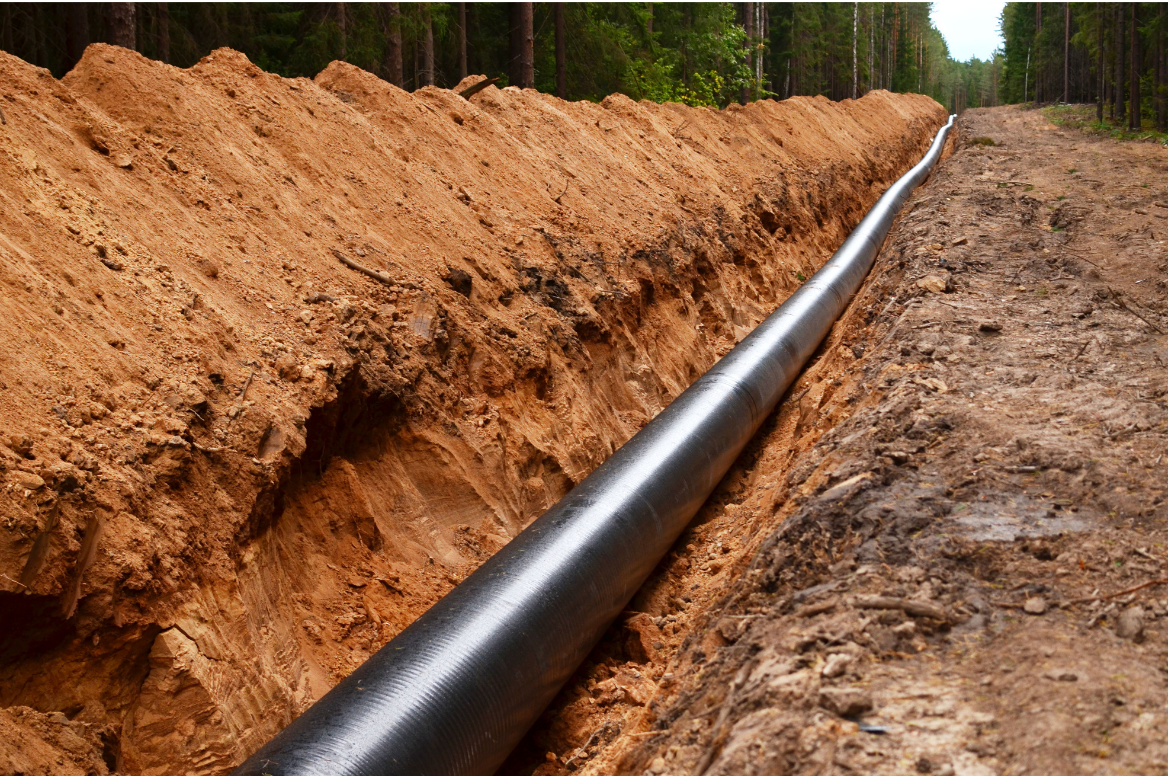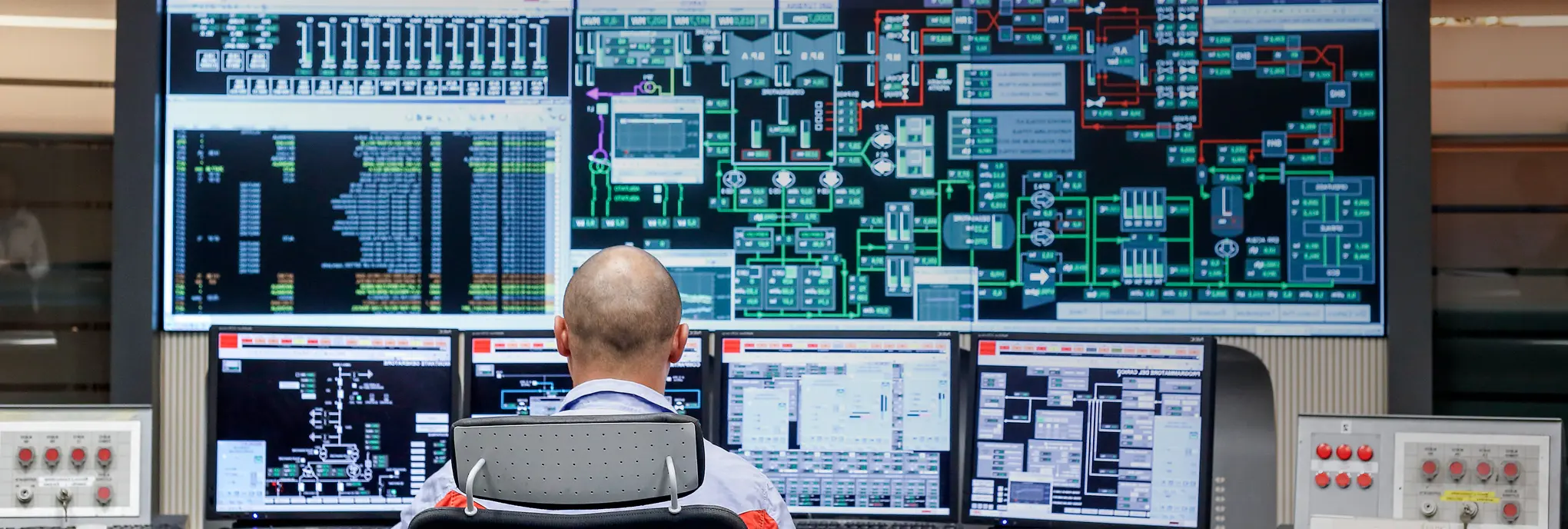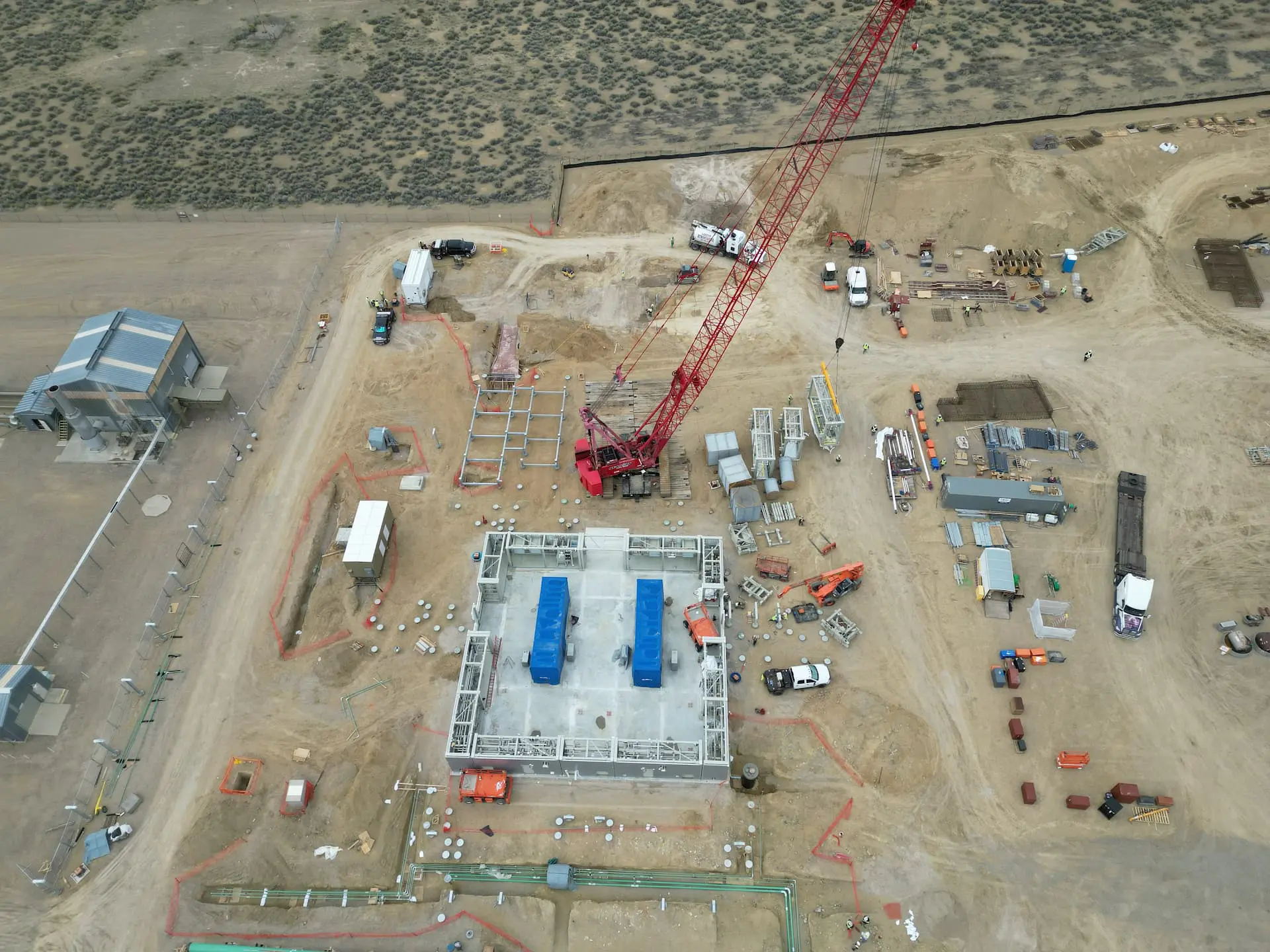

Want to share this article?
Blue or Green Hydrogen? The Clean Hydrogen Evolution to Decarbonization
There is increasing global interest in how hydrogen can play a significant role in accelerating the energy transition to decarbonization in the energy, power, and industrial sectors.
The attraction to hydrogen is clear – hydrogen is the most abundant element in the world. Hydrogen burns cleanly, leaving only water behind. As demand for lower-carbon alternatives continues to rise, it presents more opportunities to reduce carbon emissions, by either increasing green hydrogen production or a cleaner version of grey hydrogen, namely blue hydrogen. In supporting a clean energy future, advances in hydrogen technologies are gaining impressive momentum.
What is blue & green hydrogen?
Hydrogen or grey hydrogen is mainly produced using fossil fuels such as natural gas, which generates significant carbon emissions. The majority of chemicals in natural gas contain large amounts of hydrocarbons – hydrogen chemically bonded with carbon. Catalysts can break these bonds, but the excess carbon then creates CO₂.
Blue hydrogen is produced from fossil fuels by either steam methane reforming or coal gasification. The term ‘blue hydrogen’ is used when the CO2 released in the process of grey hydrogen production is largely (80-90%) captured and stored. This is also called carbon capture, utilization, and storage (CCUS) technologies. CCUS eliminates the emissions of grey hydrogen, improving the hydrogen’s environmental impact. As a lower-carbon product for oil and gas companies, blue hydrogen is enabled by using existing gas terminals and infrastructure via CCS retrofits to existing fossil-based hydrogen production plants. Coupled with low feedstock costs and favorable geological options, the compatibility of blue hydrogen is more attractive to producers.
Green hydrogen is produced from carbon-free renewable energy sources such as solar or wind. Requiring water and electricity, it creates hydrogen through the process of electrolysis, which is made using electricity with low greenhouse gas emissions to power electrolysis of water. The IEA predicts worldwide green hydrogen costs could fall by 30% by 2030, due to declining renewable costs and scaling up of hydrogen production, among other factors.
Cleaner hydrogen & costs
While the grand vision may be green hydrogen from renewable power, blue hydrogen from natural gas with CCSU is far less expensive and provides a faster way to reduce industrial carbon emissions. Those who support blue hydrogen in conjunction with zero-carbon hydrogen say there are cost benefits. In March 2020, S&P Global Inc. estimated that blue hydrogen costs about $1.40 per kilogram, three times less expensive than the cost of producing green hydrogen. Blue hydrogen supporters also say there is evidence that the technology could capture up to 90% of CO2 from hydrogen production.
Currently, green hydrogen is too expensive to meet the world’s future energy needs. Additionally, hydrogen produced from renewables represents less than 1% of all hydrogen produced worldwide, according to Wood Mackenzie. The high costs associated with creating a greener version require massive investments in money, and land and wind and solar infrastructure to be used cost-effectively. For now, blue hydrogen is a promising cost-effective step to accelerate decarbonization efforts and help enable the energy transition.
Audubon Companies’ is uniquely positioned to meet your next hydrogen project requirements. As a carbon capture and clean energy technologies leader, we continue to explore and invest in new sustainable solutions to support global decarbonization efforts. We provide a full spectrum of integrated EPC services, ranging from pre-feasibility studies to turnkey EPC projects. Our expertise includes a suite of third-party licensed technologies that can be integrated into new or existing hydrogen facilities. To learn more, please visit auduboncompanies.com/decarbonization




